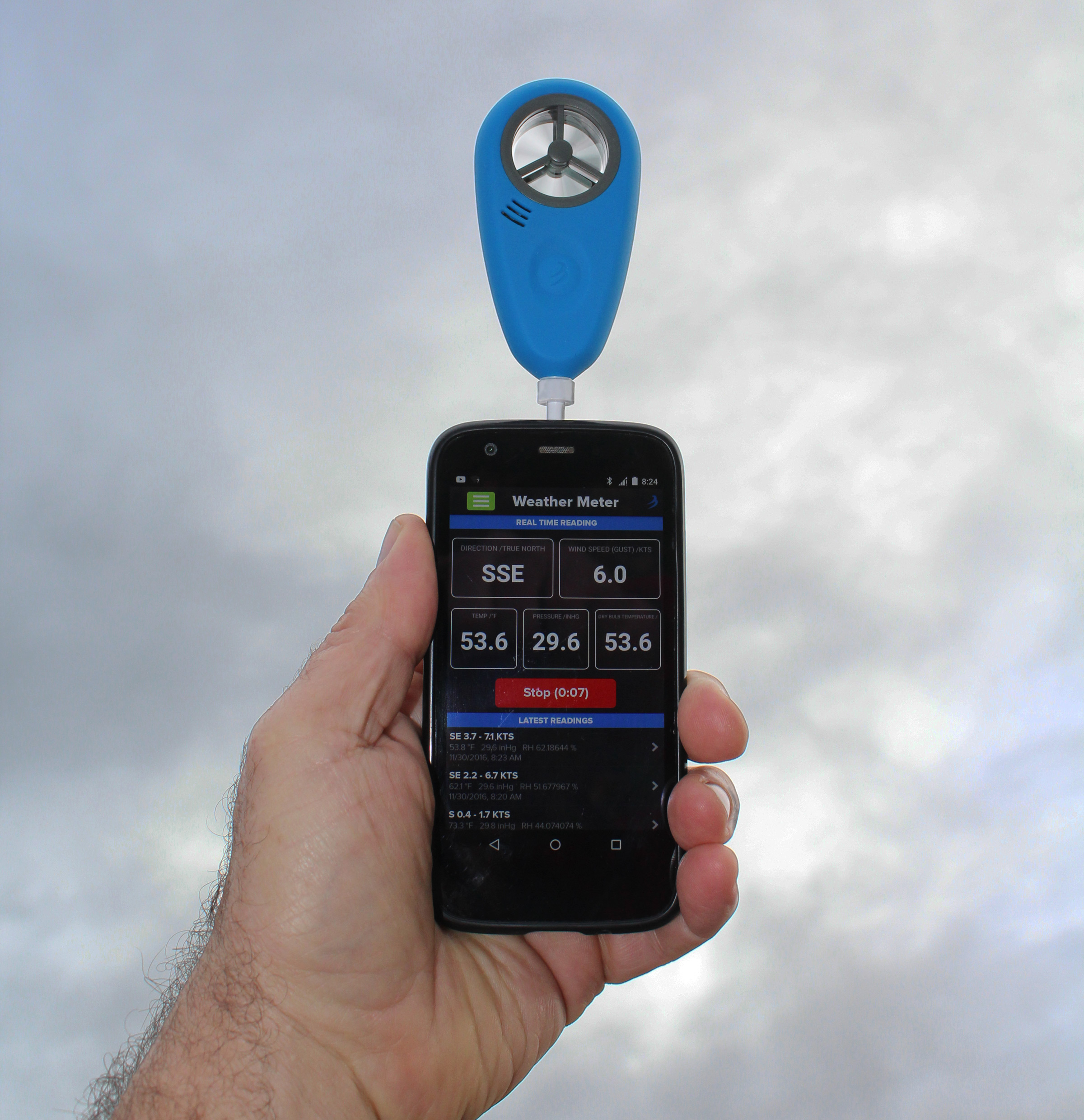 photographs by the author
photographs by the authorA pin that’s included with the WeatherMeter provides the option of connecting the device to the phone so they can be handled as a single unit.
The smaller your boat, the greater the bearing of weather on your travels. With a VHF radio or a dedicated weather radio, one can get reports from weather stations in the area and forecasts for what’s likely to come, but it’s still good to keep an eye on the conditions in the immediate vicinity. The WeatherMeter from WeatherFlow collects then provides data via smartphone, giving boaters an accurate and objective record of what’s going on in a given location.
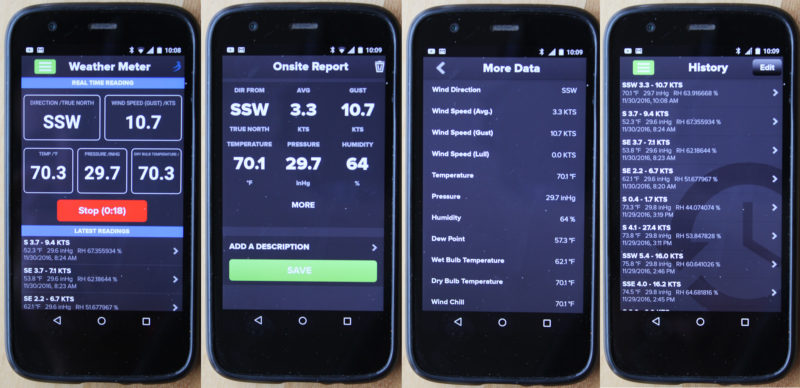
From left: The display as data is being recorded, the report at the end of an observation, the complete record, and the collected history of all saved observations.
TheWeatherMeter packs an anemometer, a thermometer, a barometer, a magnetometer, and a hygrometer into a device is about the size of a Roma tomato, only flatter, and uses Bluetooth technology to feed its readings to a smartphone. There are five windows on the opening screen of the phone app, showing some of the current readings from the device—temperature, pressure, humidity, and wind direction and speed (momentary, average, lull, and gust). There are also 13 calculations each window can display, including dew point and wind chill. The settings for the meter include all of the units of measurements commonly used. Wind speeds, for example, can be displayed in miles per hour, feet per minute, knots, kilometers per hour, meters per second, and Beaufort numbers.
The unit is powered by a replaceable CR2450 lithium button cell that will last for 300 to 500 hours depending on usage. The blue silicone covering peels off to provide access to the battery compartment. The on-off switch has a flashing light to indicate when the unit has been turned on or off and the smartphone will also indicate if it is powered up.
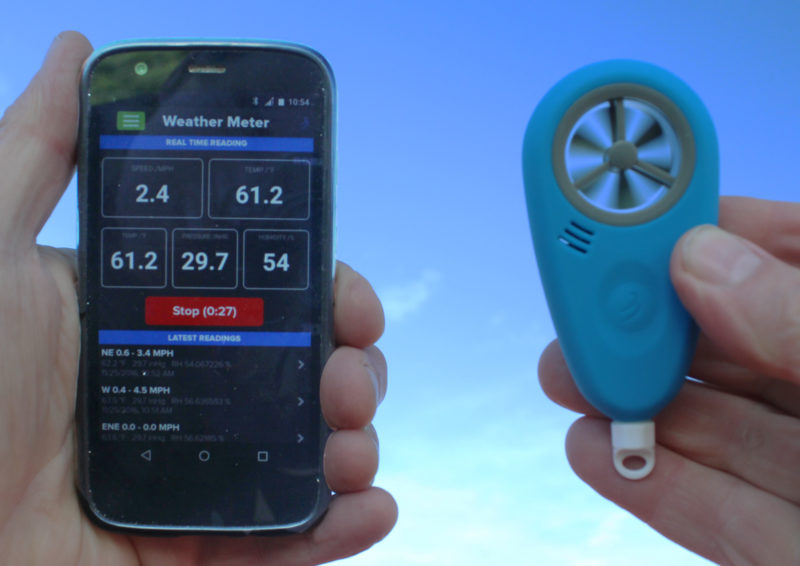
The Bluetooth connection has a range of about 75′ when the phone and the WeatherMeter were separated. The wireless connection makes it possible to protect the phone in a waterproof case.
The base has a 1/4 x 20 threaded insert that accepts a fitting for a lanyard or a dummy 3.5 mm audio jack to connect the meter to the smartphone (the data connection remains via Bluetooth). While it’s handy to have the two connected, in wet weather the phone can be protected in a waterproof case and the WeatherMeter, rated as splashproof (an international Ingress Protection rating of IP44), can fend for itself rain and spray.
In order to determine the direction of the wind, the WeatherMeter uses its magnetometer to indicate the orientation of the device when it’s aimed at the wind while taking a reading. Facing the wind is fairly intuitive for some, but a telltale could be attached to the bottom of the unit if a visual aid were needed. The product specifications claim that the unit’s anemometer will record wind speeds from 0.4 to 110 knots, but I found that the display never kicked in with anything under 1.2 knots while I was walking indoors. I didn’t think that was a significant flaw—if the wind is under 1.2 knots, I won’t be sailing.
The readings get stored so it’s easy to see trends in the weather such as a falling barometer or a change in wind direction or strength. Scrolling through the time- and date-stamped entries allows a quick assessment of changes in wind speed and direction, temperature, pressure, and relative humidity. A tap on each record brings up the data selected for the meter’s main display, and tapping “More” gives the full list of the data collected during a single observation.
“Wind & Weather” is the app that makes the WeatherMeter work with your phone. Another app, “WindAlert,” connects to a map of the world (satellite view, street map, or terrain map) and a global network of weather stations.
The WeatherMeter is a compact and inexpensive device that provides data that leads to a more objective observation and better understanding of weather conditions and patterns.![]()
Christopher Cunningham is the editor of Small Boats Monthly.
The WeatherMeter, with case, is available direct from WeatherFlow for $79.95 and at the time of publication from Amazon for $67.72 and West Marine for $39.95. The instructions and specifications for the WeatherMeter are available online.
Is there a product that might be useful for boatbuilding, cruising or shore-side camping that you’d like us to review? Please email your suggestions.
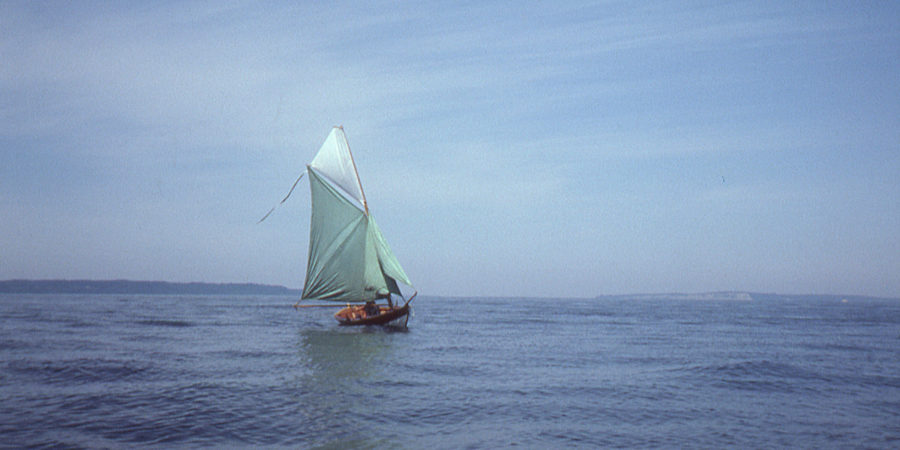
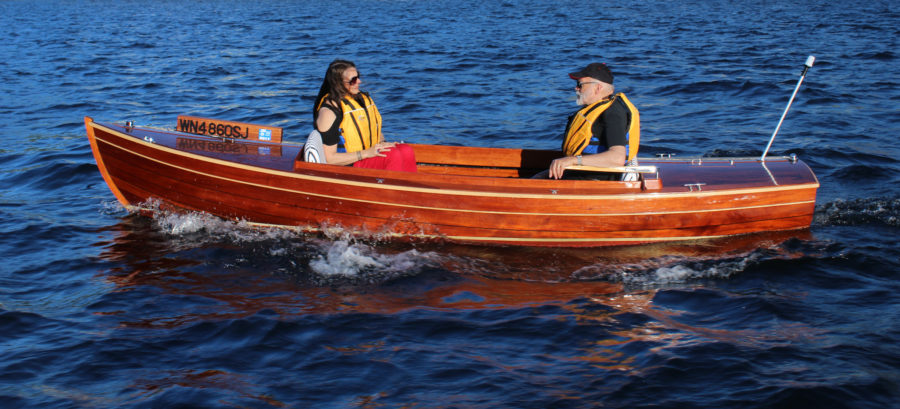
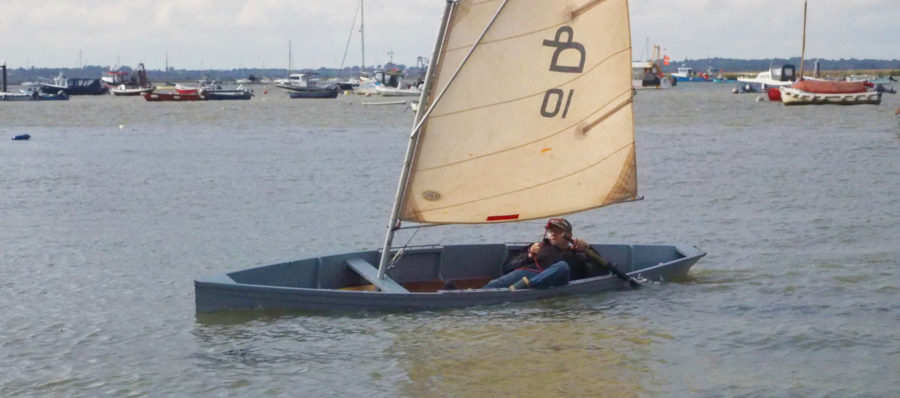
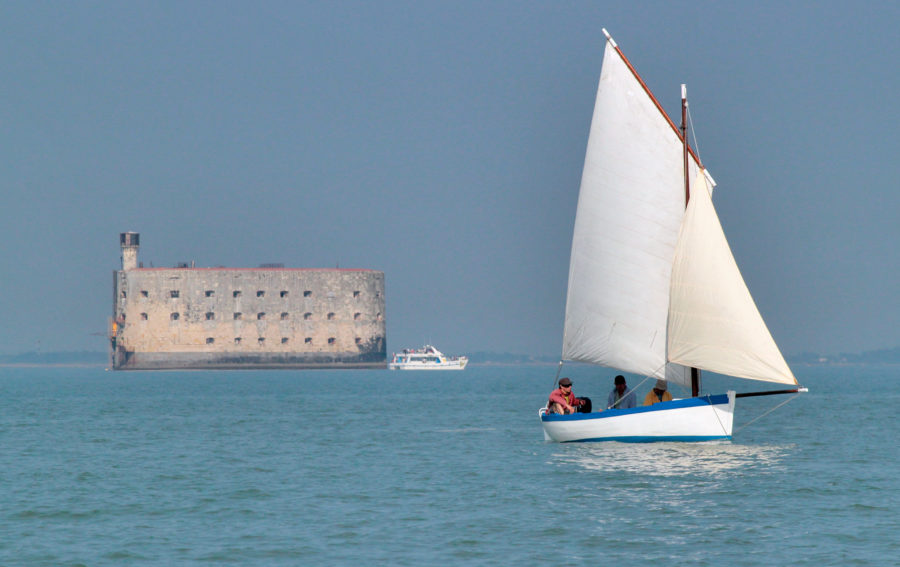
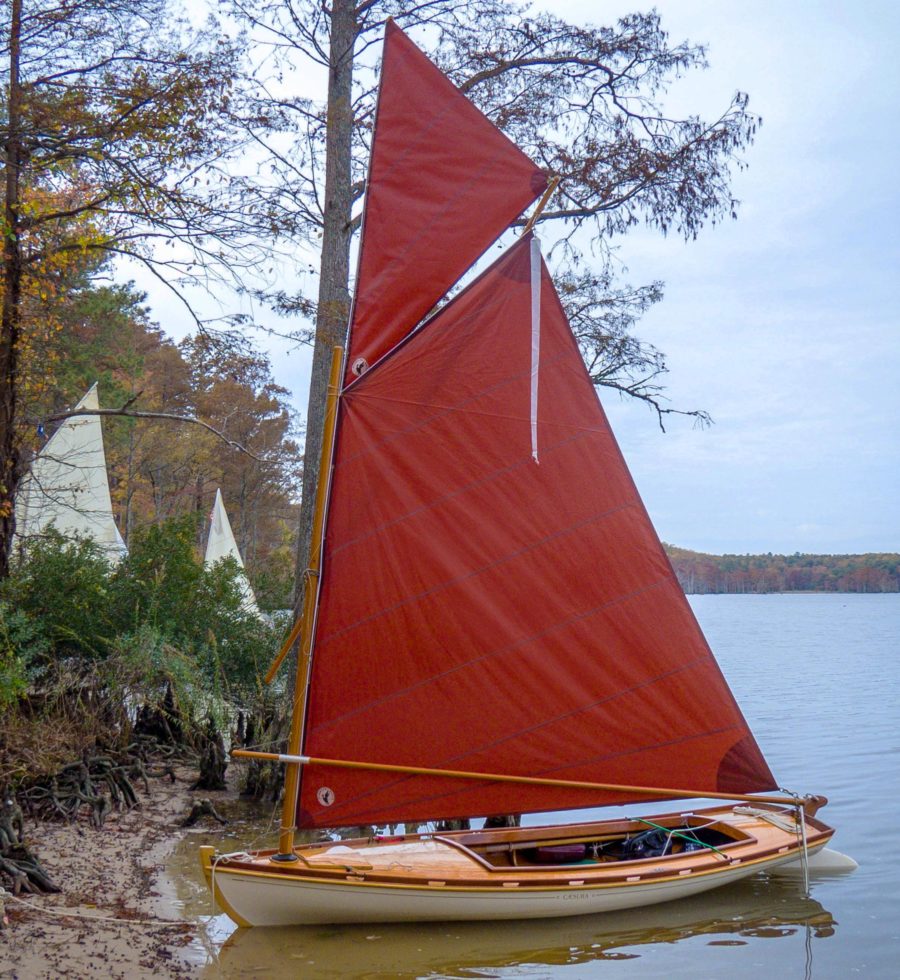
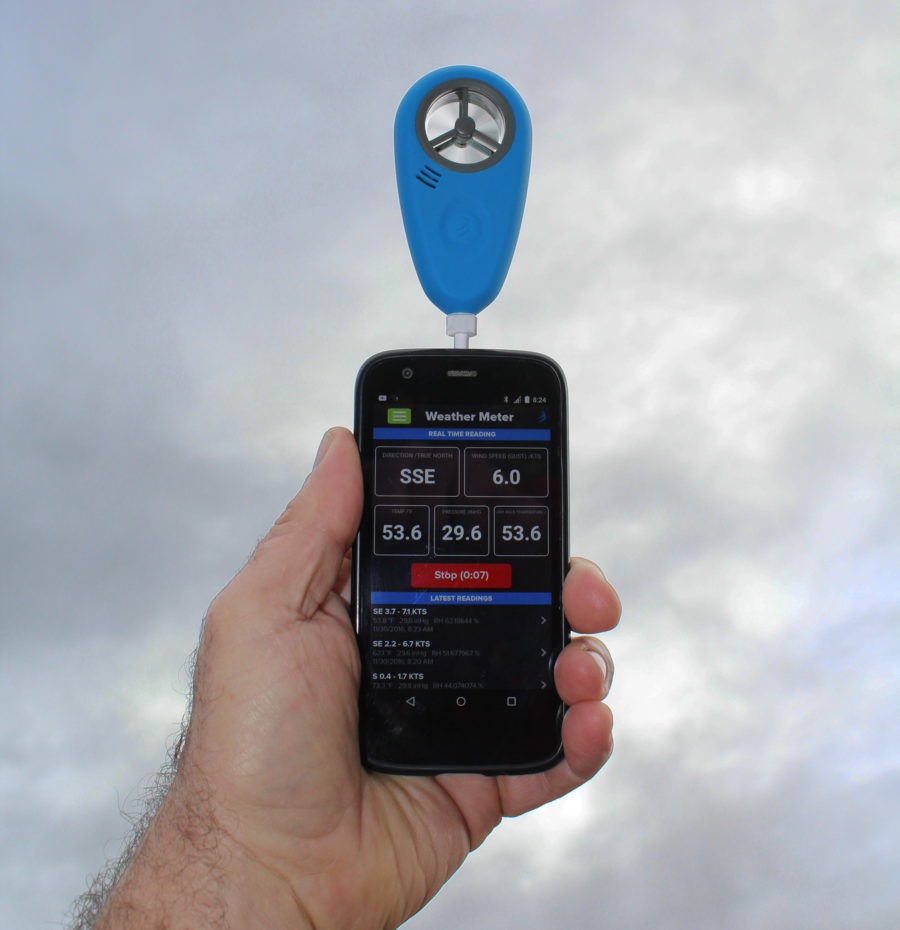
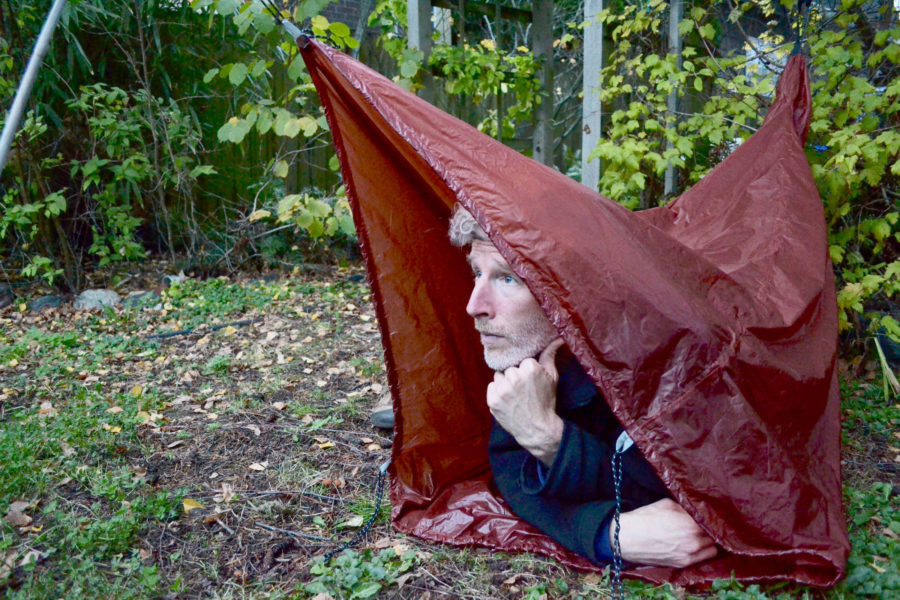
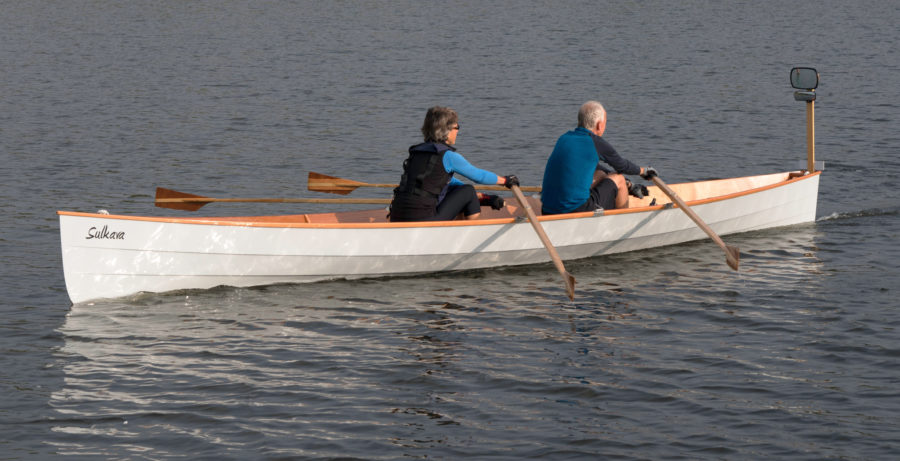
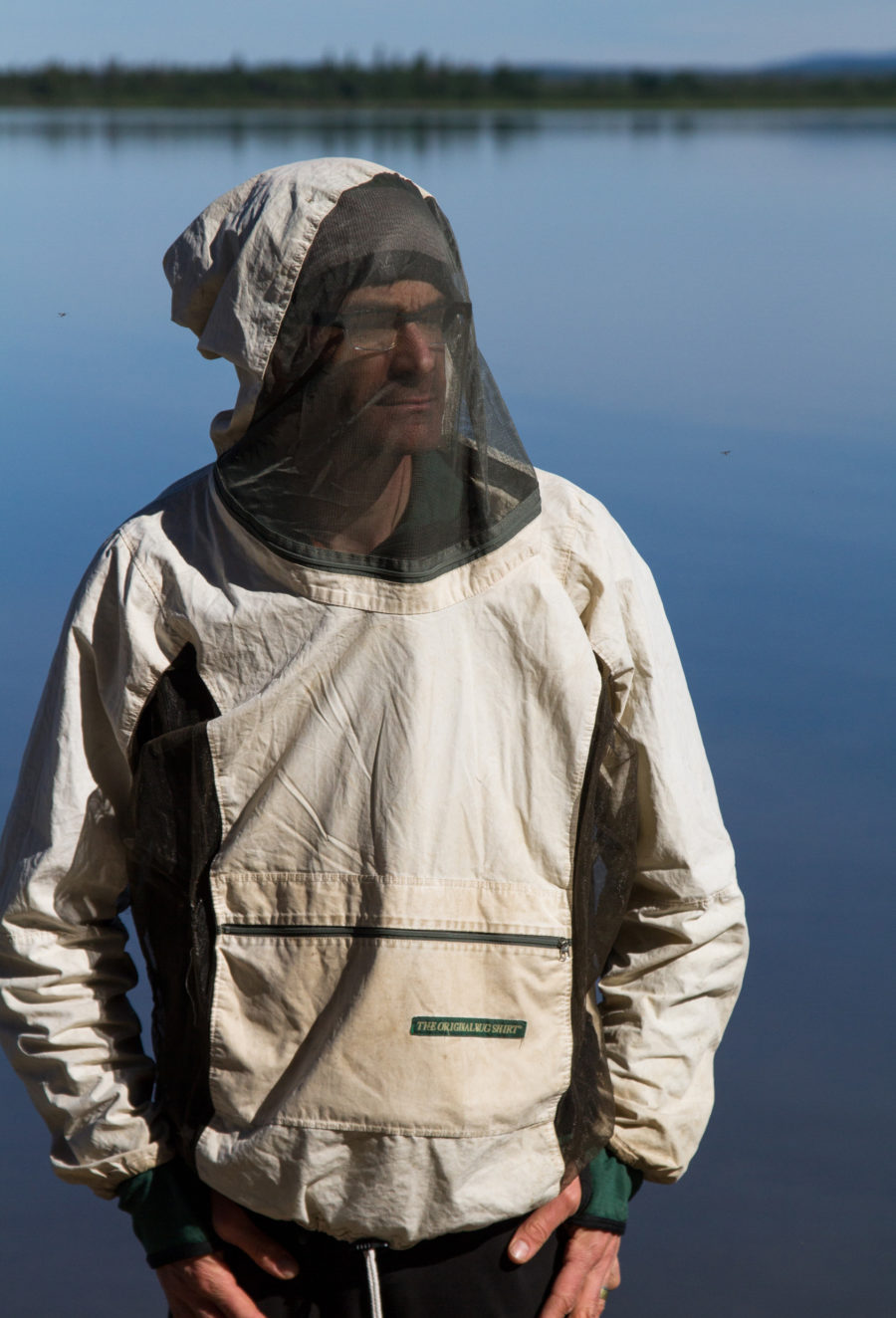
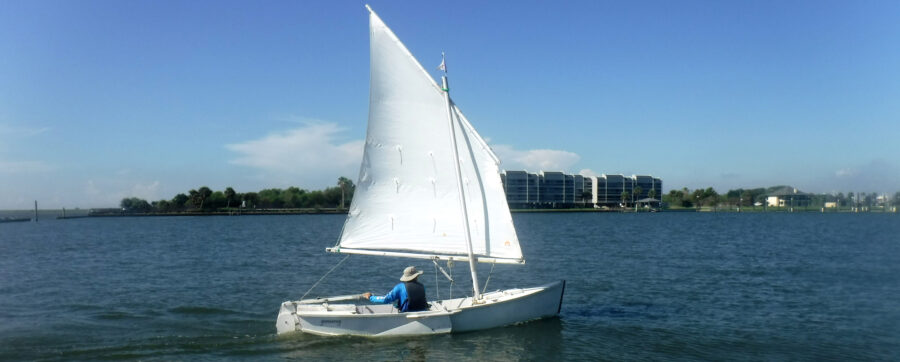

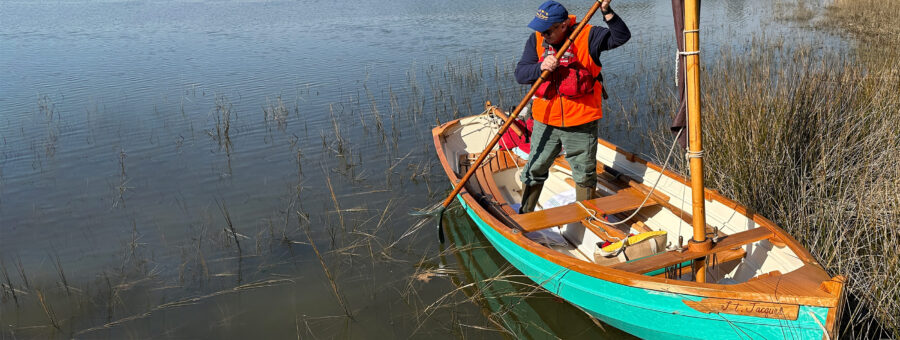
Hmm…. I could see this as an alternative to a fancy weather station on a small boat – fixed to the end of a Windex or something similar (after figuring out how to keep it gravity neutral while heeling).